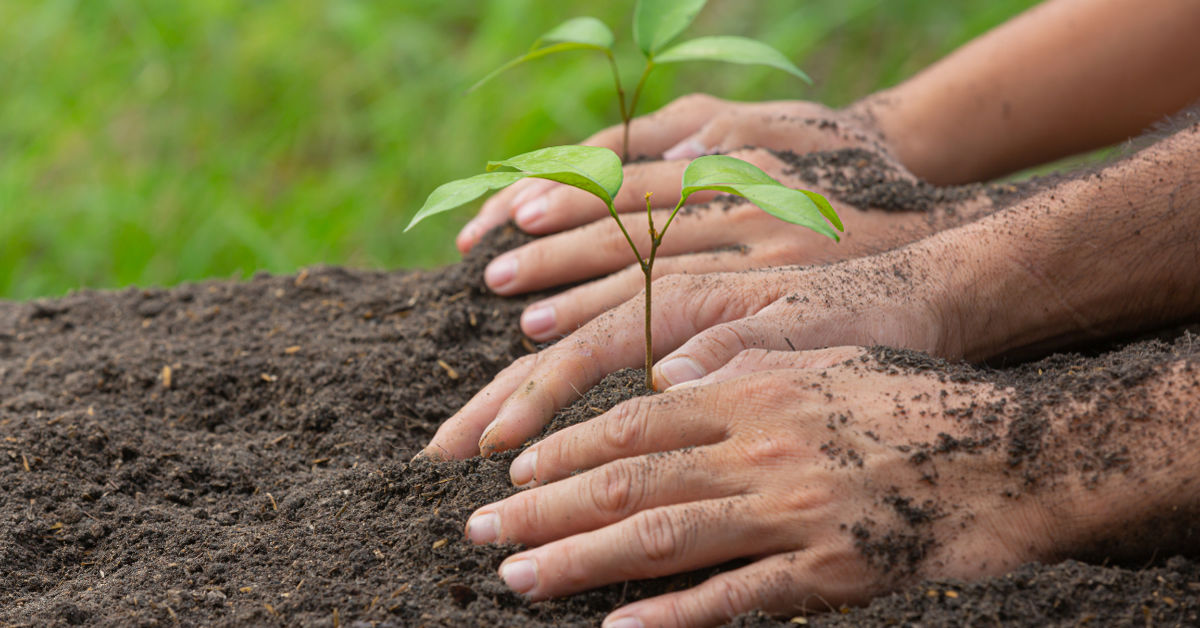Environmental degradation has become one of the most pressing issues of our time. Rising global temperatures, air pollution, deforestation, and loss of biodiversity are just a few symptoms of a much larger problem. One of the simplest, yet most powerful ways to combat this is through a plantation drive. This act of planting trees—whether by an individual, community, or organization—offers long-term ecological, social, and economic benefits.
This article explores the concept of a plantation drive, why it matters, how to organize one, and how a simple act of planting saplings can inspire communities and generations.
A Personal Journey: Planting the First Sapling
When I was in 9th grade, I planted saplings of Neem and Arasu near the Sivan temple just 50 meters from my home. Every morning before heading to school, I watered them. I watched in awe as buds emerged and grew. To protect them from wandering cattle, I set up fences using Prosopis juliflora.
The motivation behind this came from a tree in the temple that had been there since before I was born. Planted by a neighbor, that tree provided shade and comfort to many pilgrims. People still remembered him just because of that one thoughtful act. It left a lasting impression on me.
Over time, the saplings I planted grew nearly 3 meters tall. But during the temple’s renovation, one of the trees was cut down. I felt an overwhelming sense of loss—but I didn’t stop. That childhood habit blossomed into a lifelong commitment to greening our village, supported by youth groups and local residents.
What Is a Plantation Drive?
A plantation drive is a coordinated effort to plant trees in specific areas with the goal of improving green cover, restoring ecosystems, and enhancing biodiversity. These drives may be organized by schools, environmental groups, local bodies, or even individuals. They can vary in size—from planting a handful of saplings in a local park to massive government-led initiatives involving thousands of trees.
Why Plantation Drives Matter Today
1. Combating Climate Change
Trees act as carbon sinks by absorbing carbon dioxide. Planting them helps mitigate the effects of global warming and climate change.
2. Restoring Biodiversity
Forests and green patches serve as habitats for various species. Plantation drives help restore lost ecosystems and support wildlife.
3. Improving Air Quality
Trees filter out pollutants from the air, making it cleaner and healthier to breathe.
4. Preventing Soil Erosion
Roots hold the soil together, preventing erosion caused by wind and water.
5. Enhancing Groundwater Recharge
Tree roots aid in rainwater absorption, improving groundwater levels and reducing surface runoff.
6. Psychological and Social Benefits
Green spaces reduce stress and promote well-being. Community-driven plantation drives also foster unity and environmental awareness.
Planning and Executing a Successful Plantation Drive
Step 1: Choosing the Right Location
- Public parks
- School grounds
- Roadside stretches
- Village common lands
- Near water bodies
The location should have easy access to water and be safe from construction or disturbance.
Step 2: Selecting Suitable Tree Species
Native species are best suited as they adapt easily to the climate and support local biodiversity. Here are some suggestions:
| Tree Species | Region Suitability | Benefits |
| Neem (Azadirachta) | Tropical and semi-arid | Medicinal, air purification |
| Arasu (Sacred Fig) | Indian subcontinent | Shade, spiritual significance |
| Peepal | Pan-India | Oxygen-rich, supports biodiversity |
| Gulmohar | Warm climates | Aesthetic, fast-growing |
| Bamboo | Humid regions | Soil binder, renewable resource |
Step 3: Collaborating with Local Stakeholders
Work with:
- Schools and colleges
- Local government bodies
- NGOs
- Environmental clubs
- Youth groups
Their involvement ensures the drive has wide participation and support.
Step 4: Gathering Resources
You will need:
- Saplings
- Gardening tools
- Fencing materials
- Water supply
- Gloves and protective gear
- Volunteers
Step 5: Awareness and Mobilization
Use posters, social media, community meetings, and word of mouth to build momentum. Share stories or reasons why the plantation drive is being conducted.
Step 6: Execution Day
Ensure the saplings are planted properly with adequate spacing. Provide instructions for aftercare. Assign watering duties or form maintenance groups for regular follow-up.
Monitoring and Long-Term Care
Planting is just the first step. The survival rate of saplings depends heavily on maintenance. Here’s a simple plan:
- Daily watering for the first 2 weeks
- Weekly mulching to retain soil moisture
- Regular inspection to check for pests or cattle interference
- Community engagement via plantation day anniversaries or school visits
Benefits Beyond the Environment
Plantation drives bring communities together. They instill a sense of ownership, especially among children and youth. These initiatives also:
- Encourage local employment (nurseries, caretakers)
- Educate communities about sustainability
- Add to the scenic beauty of an area, which may promote tourism
- Offer practical, project-based learning in schools
Plantation Drives in India: An Overview
India has witnessed several large-scale plantation drives in recent years.
| Plantation Initiative | Region | Number of Trees Planted | Year |
| Maharashtra Green Mission | Maharashtra | 50 million+ | 2019 |
| Delhi Tree Plantation Drive | Delhi NCR | 1.1 million | 2021 |
| Telangana Haritha Haram | Telangana | 230 million+ | Ongoing |
| Karnataka Forest Department | Karnataka | 12 million+ | Annual |
| National Green Highway Program | Nationwide | Tree cover along highways | Ongoing |
These drives show the growing awareness and commitment to reforestation and environmental sustainability in India.
How Schools and Students Can Lead the Change
Involving school children in plantation drives has long-term effects. They not only learn the science behind plants but also the values of care, patience, and responsibility.
Ideas for school-led initiatives:
- Plant a tree on each student’s birthday
- Create a green campus corner
- Organize inter-school green competitions
- Start a student-run nursery
Digital Tools for Plantation Drives
Modern tools can support traditional tree planting efforts. These include:
- GPS-based sapling tagging to track survival
- Mobile apps like Grow-Trees or Treeapp for organizing drives
- Drone-based planting in inaccessible areas
- Data dashboards to monitor coverage and survival rates
These tools ensure transparency and long-term accountability.
Conclusion
The story of my first saplings near the Sivan temple continues to inspire every plantation drive I join. While one tree was cut down, the habit of nurturing green life stayed with me. Over the years, we’ve planted trees across the village—with youth, elders, and children participating in every step.
A plantation drive is more than an event. It’s a commitment to the future. A simple act of planting a tree today may provide shade, oxygen, and shelter to generations yet to come.
If you’ve ever paused under a tree for shade, appreciated the cool breeze it brings, or felt refreshed by its presence, it’s your turn to plant one. Join or organize a plantation drive in your community. Be the reason someone feels the earth is still green and hopeful.
Frequently Asked Questions (FAQ)
Q1: What is a plantation drive?
A plantation drive is an organized effort to plant trees in a specific area to improve the environment, increase green cover, and raise ecological awareness.
Q2: Why is tree planting important?
Tree planting helps combat climate change, prevents soil erosion, purifies air, supports wildlife, and enhances human well-being.
Q3: What kind of trees should be planted?
Native species are best suited for local climates and require less maintenance. Examples include Neem, Peepal, and Gulmohar.
Q4: Can students and schools participate in plantation drives?
Yes, school participation is highly encouraged. It helps instill environmental values early and fosters community involvement.
Q5: How do we ensure the saplings survive?
Regular watering, fencing, community participation, and monitoring help ensure sapling survival.







